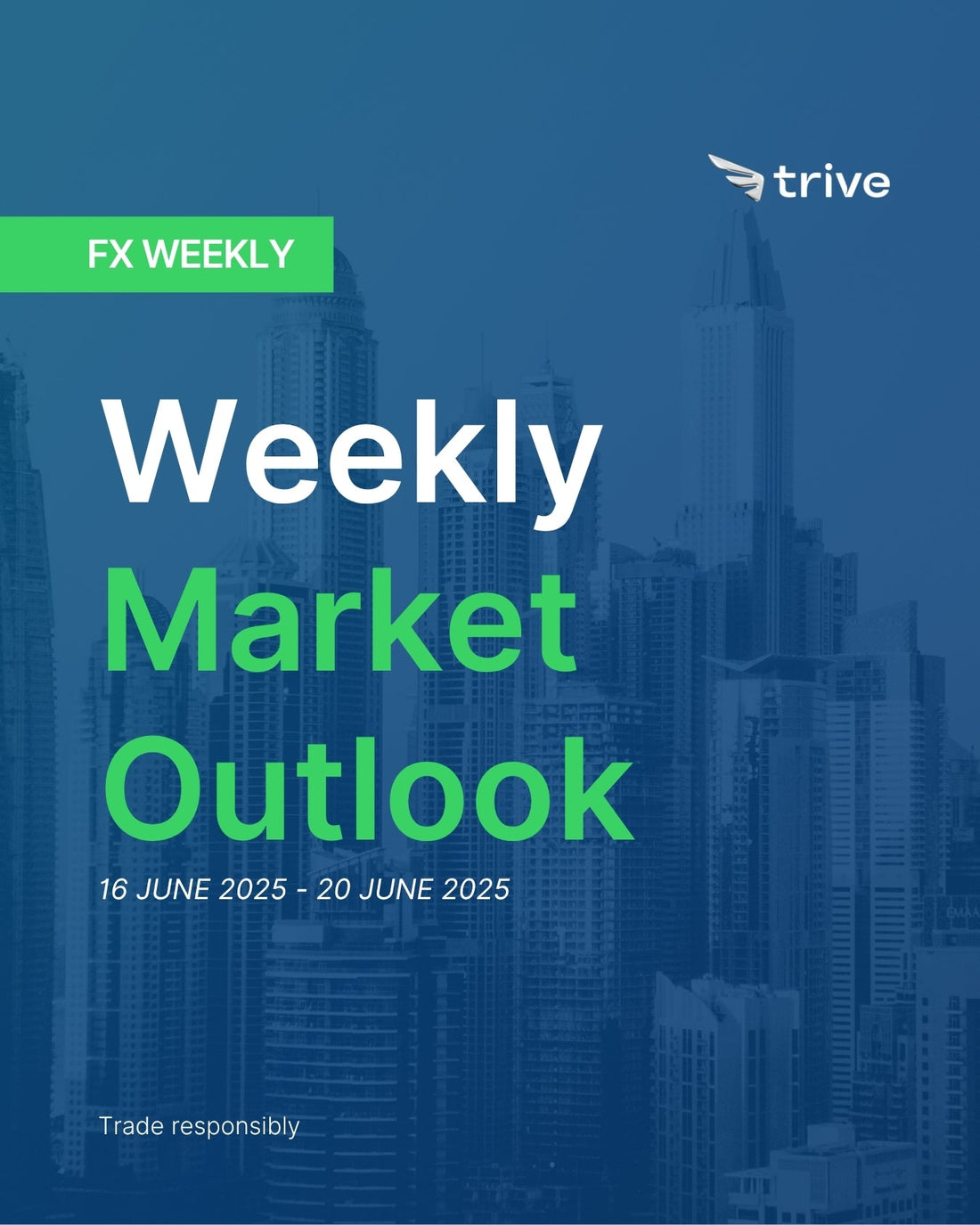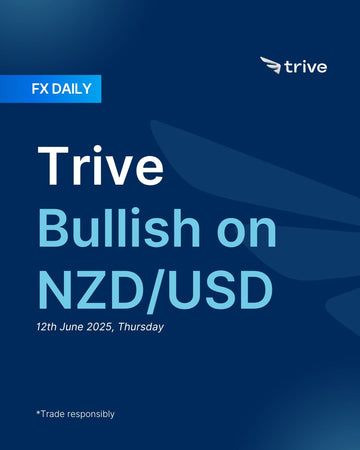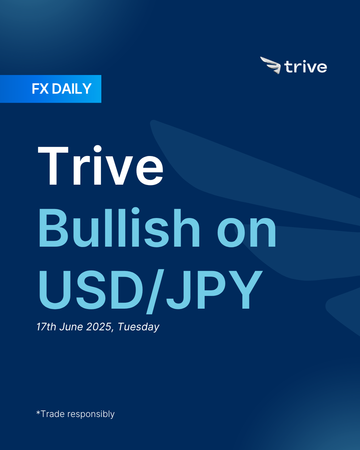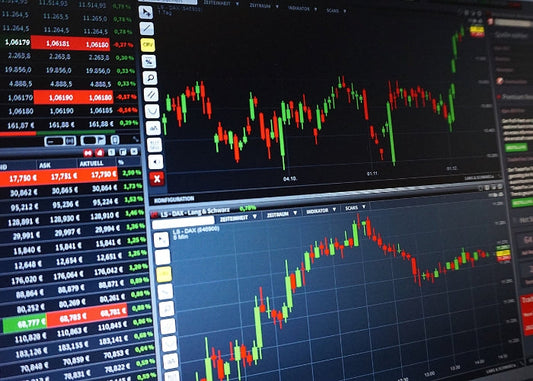FX Weekly: Trive’s G10 FX Views

This week focus will be on the highlights include FOMC, BoJ, SNB, and BoE Meeting.
EUR: Bullish, but cautious
The EUR NEER remains close to its strongest levels since April as investors continue to see the single currency as one of the biggest beneficiaries of the market’s USD-bearish sentiment that has dominated the FX market price action so far this year. This partly reflects the better liquidity of the Eurozone bond and stock markets as well as the fact that the EUR is the second most popular reserve currency. In addition, European politicians and ECB policymakers have recently sounded enthusiastic about the prospects of intensifying international demand for the EUR.
It is also worth highlighting that these official comments have (deliberately) ignored the potential detrimental consequences of the EUR’s growing international role: (1) the resulting EUR appreciation could undermine the international competitiveness of European exporters; and thus (2) add to the downside risks to Eurozone growth; while (3) dampening imported and thus CPI inflation; and (4) ultimately, eroding the appeal of EUR-denominated assets. These considerations could suggest that any aggressive EUR strength could prove to be self-defeating.
Looking ahead, the Eurozone data calendar is relatively light with only the German ZEW and other national level economic confidence indicators on the docket. These could attract some attention given that the recent EUR gains seemed to come on the back of growing confidence about the domestic economy and despite lingering trade war risks. In addition, FX investors will focus on the outcome of the G7 leaders’ summit in Canada as they look for any signs that the EU and the US are moving closer to a trade deal. Last but not least, speeches by several ECB speakers would be scrutinised for any clues about the near-term monetary policy outlook. The EUR continues to trade at a premium relative to its relative rate disadvantage across the board and could be vulnerable to bouts of profit taking on long-EUR positions.
USD: Weak bullish
The USD continues to struggle as FX investors still fret about the impact of the Trump administration’s policies on the US economy and thus the appeal of the USD-denominated assets. Despite this, however, some developments this week could help improve the market’s outlook on the currency. On Wednesday, the Fed should keep its policy rates unchanged and maintain its balanced policy outlook. In that, FOMC members will continue to struggle with the conflicting policy objectives of sticky US inflation and slowing US growth. The conflict has grown considerably since the last update of the Fed’s economic outlook and ‘dot plot’ in March.
Of key importance for FX markets therefore would be any changes to the Fed’s forward guidance and the staff economic projections. Starting with the latter, will expect that the Fed could downgrade somewhat its near-term growth outlook but further nudge up its inflation projections. In turn, we doubt that these forecast changes would warrant significant changes of the Fed’s policy outlook. That being said, markets see a risk that the new median dot plot could signal a shallower easing cycle in 2025, with more meaningful easing pushed into the long term. If confirmed, this could encourage investors to further reassess their dovish Fed outlook, in a boost to the relative rate appeal of the USD.
Next to the Fed, FX investors will pay close attention to the outcome of the three day G7 heads of state summit that will start in Canada on Sunday. Of particular interest for the markets would be any indications that the US is moving closer to a trade deal with the EU and Canada. Investors will also closely follow the progress of the Trump administration’s fiscal stimulus package through the US Congress as well as the latest legal developments surrounding its trade policies. Last but not least, the retail sales data for could attract some attention. While a trade deal between the US and EU could remain elusive for now, may see signs of de-escalation of trade tensions between the US and Canada. The impact on the USD would depend on whether the growth-positive effect of further trade war de-escalation outweighs its inflation-negative impact.
CHF: Weak bullish
The CHF has been caught between the extended EUR rally and USD weakness of late, as EUR/CHF has just risen above 0.9425 for the first time since April, while USD/CHF has slipped back under 0.81.
Meanwhile, attention in the week ahead could shift to domestic matters, with the June SNB meeting on Thursday. With Swiss inflation undershooting with the first negative print in over four years in May, additional easing will likely be hard to resist for the SNB, as CHF money markets are discounting between a 1-in-3 to 1- in-4 chance of a 50bp rate cut, which would bring the policy rate back into negative territory too. At this stage, markets would rather lean towards another 25bp move which would give the SNB more ammunition, while another downward revision in the Swiss CPI central path could hint at more easing down the road in the absence of the bank’s typically clear forward guidance.
Besides, after the semi-annual US Treasury report put Switzerland on its monitor watch list, the SNB is unlikely to tweak its rhetoric regarding FX, which would mean no reference to the CHF being highly valued, while sticking to a two-way stance on potential FX interventions. If all that materialises, the CHF might have to adjust a tad higher, although any post-SNB reaction tends to be pretty short lived. Ultimately, global risk appetite/uncertainties remain much more important considerations for the longer-term fate of the CHF, as any sort of de-escalation in the weeks to come could then translate into a greater use of the CHF as a funding currency.
CAD: Bearish
The CAD has just strengthened to its highest level against the USD in eight months, with USD/CAD back around 1.36. The CAD has nonetheless lagged a bit behind the other G10 FX high-betas this month, not capitalising much on the recent recovery in oil markets. Moreover, BoC Governor Tiff Macklem already stressed that some members see more easing on the cards.
Ultimately, the bigger event in the week ahead could well be the G7 meeting taking place in Alberta, as there is hope that on the fringe of the G7, Canada and the US could seal a broad agreement which would in particular materially improve trade relationship between the two countries. If so, the FX reaction could be somewhat counter-intuitive, in the sense that a deal could prove more beneficial for the USD than for the CAD, as it could prop up the US outlook whose initial deterioration had sent the USD reeling.
On the domestic front, Canada’s CPI for May looms as the next main release in a bit less than two weeks. It will be particularly interesting to assess whether the upturn in underlying inflationary pressures is finally losing traction, as any renewed rate cut could otherwise prove more difficult to justify
GBP: Weak Bullish
The GBP has emerged as one of the biggest G10 underperformers so far this week after both the UK labour market and April GDP data disappointed. As a result, UK rates investors have added c.10bp to their BoE rate cut expectations to price in c.55bp of easing in 2025, at the time of writing. Despite that, the markets expect the BoE to leave the bank rate unchanged ahead of its June policy meeting. The MPC will stick with its data-dependent policy outlook despite the renewed weakness of the real economy and because of the still very sticky UK inflation.
When the BoE last cut rates in May, the MPC split three-ways with a small hawkish minority voting to keep rates unchanged and an overwhelming majority favouring a cut. Policymakers’ comments since then suggested that the risk of significant escalation of global trade tensions played an important role in informing their decision to back easing or not.
Given that global market financial conditions have been improving more recently and thus reduced the need for aggressive further easing, however, the BoE would be comfortable to keep rates on hold in June. Next to the BoE, FX investors will focus on the release of CPI and retail sales data for May.
Turning to the FX market reaction, expect the GBP to take its cue from the price action in the UK fixed income markets. A ‘comfortable hold’ by the BoE coupled with data-dependent forward guidance could encourage UK rates investors to reassess their outlook.
JPY: Bearish
USD/JPY is sitting around the centre of a 140-148 trading range established post US President Donald Trump’s “Liberation Day” tariffs. With the outcome of trade negotiations still unknown, expect this trading range to remain respected in the near term. The Israel’s attacks on Iranian nuclear facilities and the concomitant rise in oil prices is a positive terms-of-trade shock for the US and a negative one for the JPY. This will provide some support for USD/JPY while the demand for the JPY as a safe-haven will cap the exchange rate on the topside.
The Fed and BoJ meetings could turn out to be sideshows in the coming week as trade tensions take centre stage. The Fed will likely remain on hold and continue its wait-and-see approach to policy as the impact of tariffs on growth and inflation are yet to become apparent. The Fed’s updated dot plot will likely show the tension between weaker growth and higher inflation on the back of tariffs, which could provide the USD with modest support. The BoJ will also likely be on hold but trim the rate of tapering of its asset purchases following the recent spike in super-longend JGB yields. This latter decision has already been flagged by press leaks. BoJ Governor Kazuo Ueda will continue to say that the central bank will keep raising rates if the economy evolves as expected, but will qualify this statement saying this is also dependent on market volatility. Ueda sounded less hawkish this week before the Diet saying that inflation is still some distance from the BoJ’s target.
The G7 meeting could provide some volatility in USD/JPY, however. With invites having been extended to Australia, Brazil, India, Indonesia, Mexico, South Korea, South Africa and Ukraine, the meeting could be fertile ground for trade deal announcements. The trade deals would be positive for USD/JPY by reducing the risk of stagflation in the US, thereby reducing negative sentiment towards the USD and demand for the JPY as a stagflation hedge. Positive risk sentiment on the back of trade deals would also be positive for the exchange rate.
Disclaimer
This material is provided for informational purposes only and does not constitute financial, investment, or other advice. The opinions expressed in this material are those of the author and do not necessarily reflect the views of Trive International. No opinion contained in this material constitutes a recommendation by Trive International or its author regarding any particular investment, transaction, or investment strategy. This material should not be relied upon in making any investment decision.
The information provided does not consider the individual investment objectives, financial situation, or needs of any specific investor. Investors should seek independent financial advice tailored to their individual circumstances before making any investment decisions. Trive International shall not be liable for any loss, damage, or injury arising directly or indirectly from the use of this information or from any action or decision taken as a result of using this material.
Trive International may or may not have a financial interest in the companies or securities mentioned. The value of investments may fluctuate, and investors may not get back the amount they originally invested. Past performance is not indicative of future results.
For more information about Trive International, please visit http://trive.com/int
Additional Information
Investing involves risk, including the potential loss of principal. Diversification and asset allocation strategies do not ensure a profit or guarantee against loss. The content in this material is subject to change without notice and may become outdated or inaccurate over time. Trive International does not undertake any obligation to update the information in this material.
By accessing this material, you acknowledge and agree to the terms of this disclaimer. If you do not agree with these terms, please refrain from using this information.
No comments
Home
Trive
TriveHub





0 comments